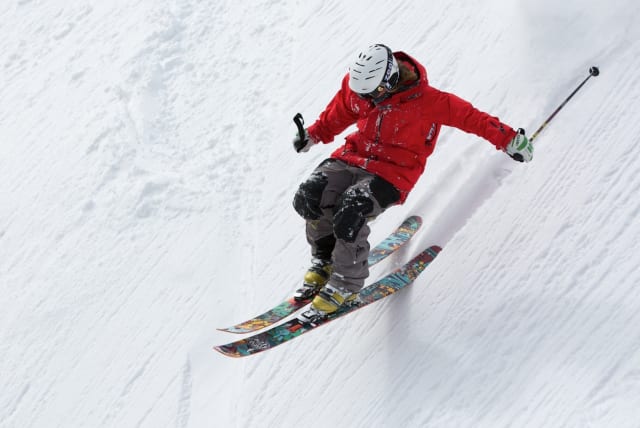What happens when you get caught in an avalanche? Pro skier explains

32-year-old Owen Leeper has detailed the experience of being caught in an avalanche and surviving after capturing it on camera.
Owen Leeper was just another backcountry skier enjoying the winter slopes - before his life was forever changed after surviving an avalanche. Not only did he survive this force of nature, but he caught it on video.
Leeper, a 32-year-old professional mountaineer and skier, has seen all types of harsh conditions in his years skiing. This Colorado native has been living in Jackson, Wyoming, and had been filming himself both on a handheld camera as well as a drone when he was caught in an avalanche.
He detailed what he needed to do to survive.
View this post on Instagram
Can you survive an avalanche?
"I have actually skied into this chute twice, and booted back out both times because it was too rocky. I knew I had to take it slow, to see the choke before being able to ski through it. On the third turn it all cracked, I tried digging my hands in to stop me from sliding, but the snow grabbed my skis, I tried to reach for my airbag, but my shoulder was buried in the snow and I couldn't get to it before bracing for impact on the rocks," he wrote in his Instagram post.
Leeper knew that in order to survive, he had to position his body in a safe way. "Once I hit the first rock I knew I had to keep my feet under me, for the rock in the middle was about to hit, my skis launched me into the wall, I was able to get my hands up and catch myself before hitting my face, likely popping my shoulder out at that time. I tried hard to keep my feet below me, knowing I had another rock band to clear. Miraculously I bounced over the last section of rocks into the snow."
According to medical professionals at US-based Sutter Health, downhill skiing can cause damage if not handled properly.
According to this healthcare provider, any part of the body can be injured during skiing or snowboarding, including the head, spine, pelvis, arms and legs. The biggest difference between skiing and snowboarding injuries is location. Skiers tend to injure lower extremities, especially the knees and lower legs, which can get tangled up during a fall.
The organization also highlights some key factors related to these snow-sport injuries. These include the position of the limbs during injury, the person’s expertise level, and equipment design.
Some associated tips to minimize risk include the following:
- Wear protective wrist guards, a spine protector and a helmet.
- Take lessons, and learn how to fall correctly.
- Know your limits. If you get tired, take a break.
- Don’t try jumping or performing complex tricks until you’re experienced and have had proper instruction.
- Stay in control. Don’t go so fast that you can’t stop easily, which is dangerous for you and others.
Jerusalem Post Store
`; document.getElementById("linkPremium").innerHTML = cont; var divWithLink = document.getElementById("premium-link"); if (divWithLink !== null && divWithLink !== 'undefined') { divWithLink.style.border = "solid 1px #cb0f3e"; divWithLink.style.textAlign = "center"; divWithLink.style.marginBottom = "15px"; divWithLink.style.marginTop = "15px"; divWithLink.style.width = "100%"; divWithLink.style.backgroundColor = "#122952"; divWithLink.style.color = "#ffffff"; divWithLink.style.lineHeight = "1.5"; } } (function (v, i) { });
